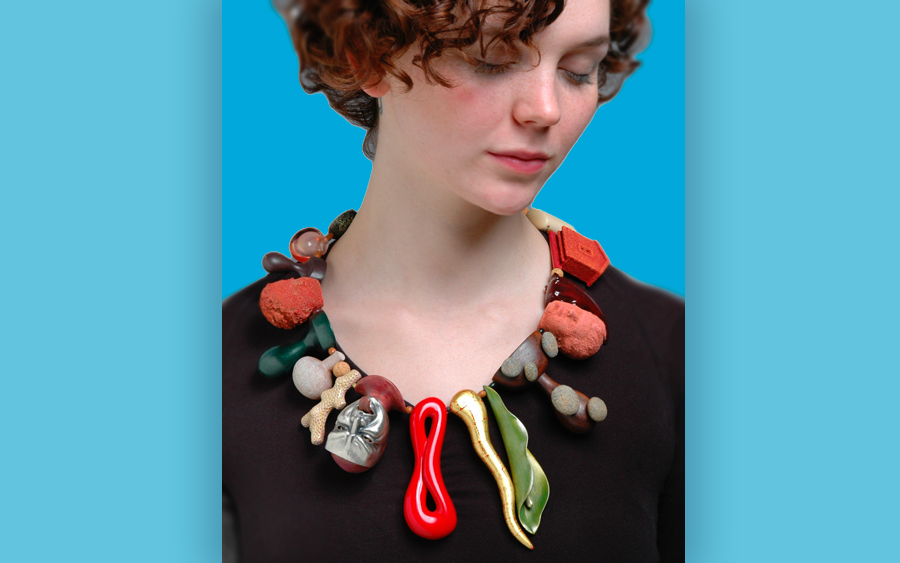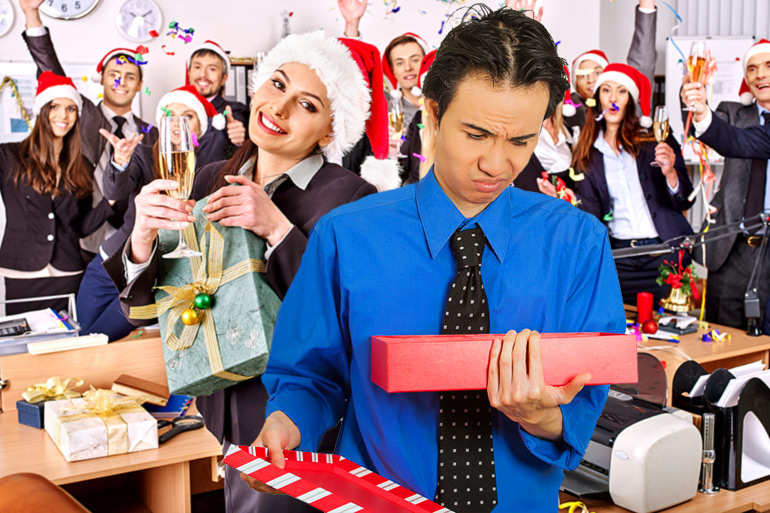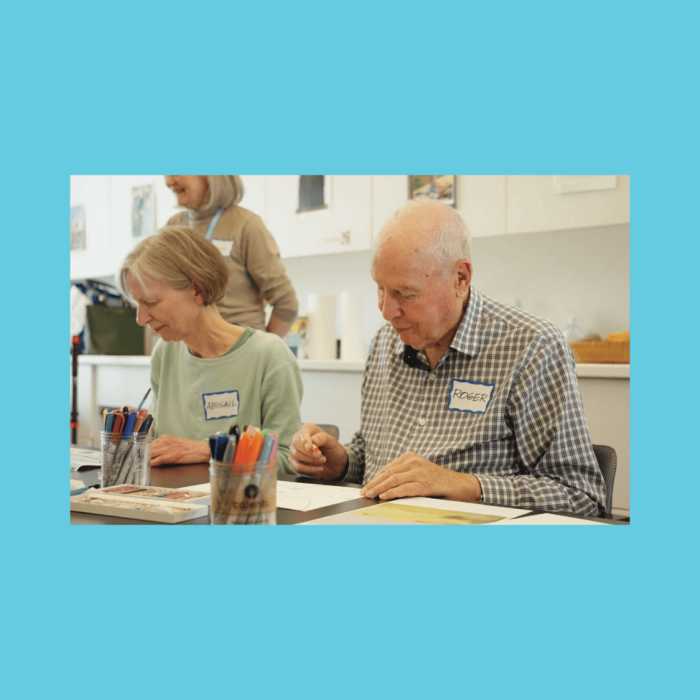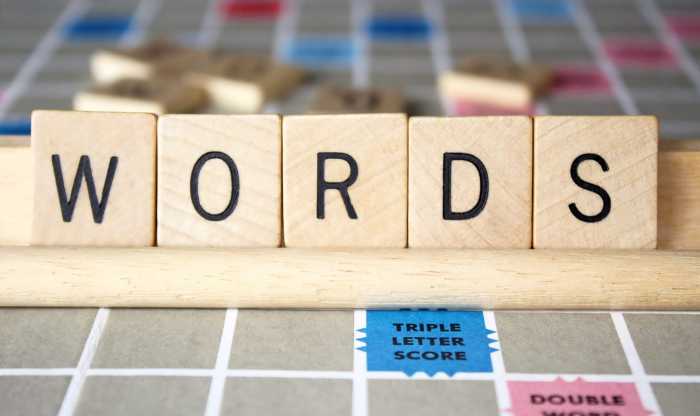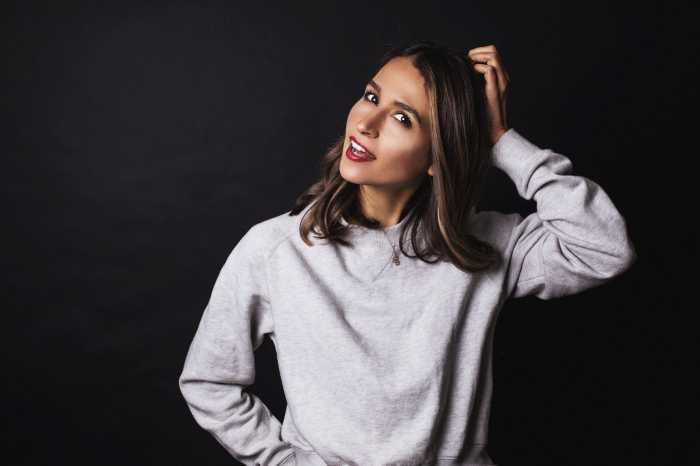The Fitness Circuit: A Conversation with Equestrian Sosie Bacon
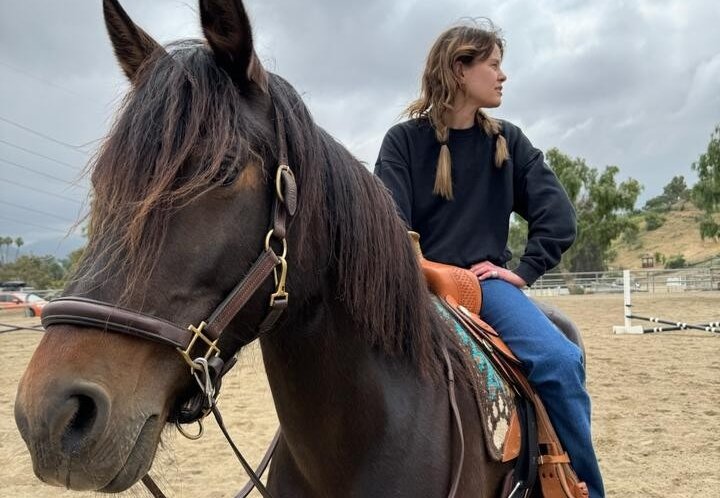
Hello my fellow readers and welcome to our inaugural fitness column designed to help improve your athleticism and performance whether you’re an recreational rider, jumper, polo enthusiast or equestrian whose passion is dressage.
In today’s column, I will be writing about improving your overall fitness level for the recreational rider and how improving your fitness makes that riding experience not only more enjoyable, but help to keep you safer. Remember, your primary objective is enjoyment, so being fit enough to ride as many hours as you would like is essential as the last thing you want is to be gasping for breath or very anxious about staying on if your horse does something unexpected.
That said, however fit you are, if you do ride for a long period of time, you may well experience some tired or sore muscles, but you will want to keep any discomfort to a minimum – just a few aches that you can ice and/or soak away in a hot bath.
So what is the most important region of your body to be fit and supple for the recreational rider? The answer – your core – and for many reasons. And, especially your lower back coupled with the flexibility of your hamstring, the muscles behind your legs.
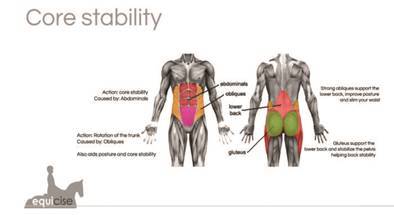
I have enlisted well-known actress and horse enthusiast Sosie Bacon @sosiebacon to answer some questions on what she does fitness-wise to keep her lean and mean and why she thinks it’s essential to keep herself in great shape in order to maximize her enjoyment while riding.
Do you think being fit makes your horse riding more enjoyable? And why please?
Yes. Riding is all about isolating certain muscles while leaving other muscles totally relaxed. There are times when everything except for your core muscles have to be basically like Jello. Before I started working out again if I tensed one muscle, they would all tense and that makes for a very uncomfortable and unsafe ride for horse and rider. Flexibility and strength and body awareness are key areas for me to focus on fitness-wise.
Do you feel more confident because you are fit that you can handle a horse in case he/she does something unexpected? Do you feel safer?
I feel much safer because I can actually be aware enough in my body to relax it. Typically, the only time things go wrong on a horse is if the rider is tense. If your horse tenses up all you can do is isolate your core and relax everything else. This feels impossible without being fit – so I feel much safer.
How long and frequent do you typically horse ride? What region of your body do you think is the strongest and why do you think it lends benefits to your riding?
I ride about five times a week. My core muscles are used almost the entire time I’m on the horse as well as my upper inner thigh muscles. The thigh muscles are really not something anyone is very used to working, but there are certain exercises that I do that have helped strengthen these without bulking them. The other main area is the lower abs. The entire region of abs are important, but lower in particular. I think my ab muscles are the strongest on my body, and before I was strengthening them properly I would get sore in my lower back after a long ride. Your lower back should act as a shock absorber for the movement of the horse, and if you’re unable to relax your back while tightening your core, you’re going to be very sore!
I am often asked as an expert from our clients on a regular basis “Edward, if you had to choose just one ab/core exercise, what should I do?” The answer is easy I say…bent knee sit-ups without locking your feet so that you do not harm your back but rather strengthen it.
If you have a question on how to improve your fitness level, email at at edward@exude.com
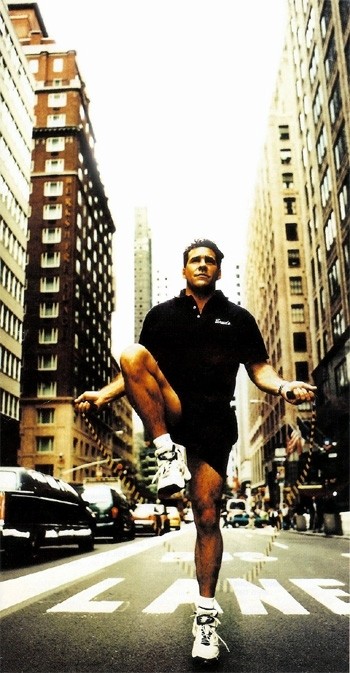
Edward Jackowski, Ph.D. is the CEO of exude.com, one of America’s premier motivational and personal training companies and the author of numerous books on fitness, sports training, weight loss and body types.


